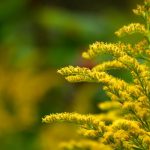Ball Moss
–
–
–
 Central Texas
Central Texas Texas
Texas Full Shade
Full Shade Full Sun
Full Sun Part Sun/Shade
Part Sun/Shade Very Low
Very Low Evergreen
Evergreen Birds
Birds
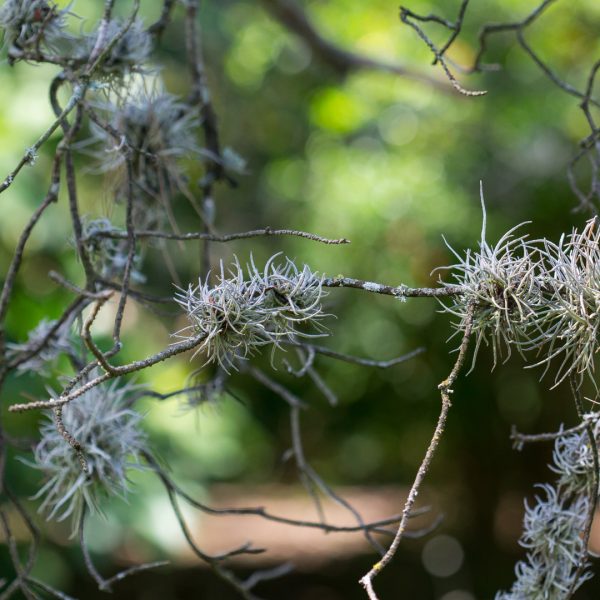
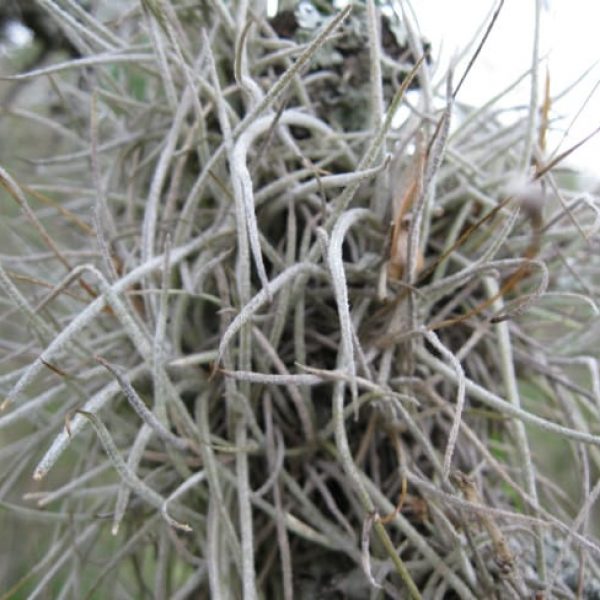
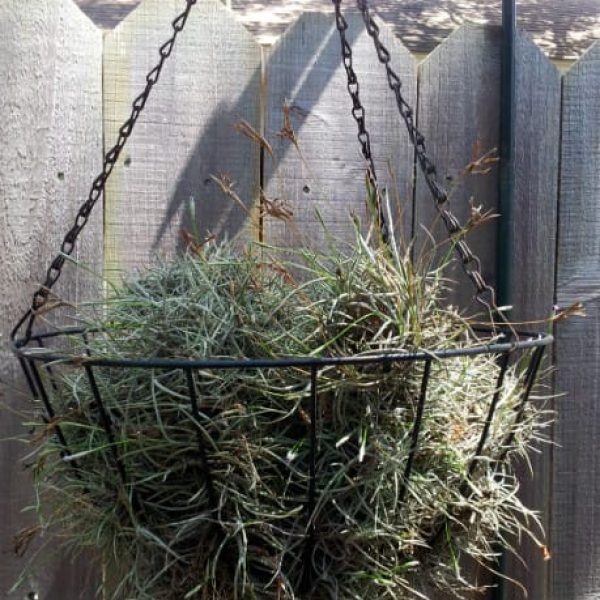
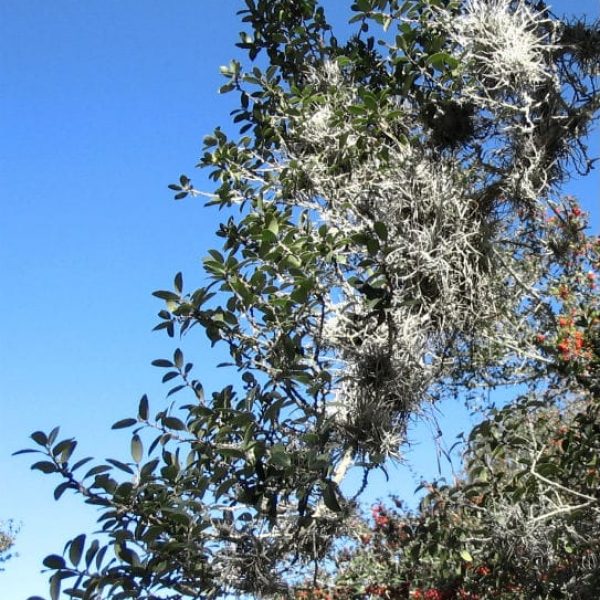
About This Plant
Sun or shade. Evergreen, with dull silver leaves growing in a small sphere and found clinging to branches. Ball moss gathers all the nutrients it needs from vapor and air. Contrary to popular opinion, it is not a parasite; it’s an epiphyte, using its tree only for structural support.
Ball moss is a distant cousin of pineapple and belongs to the bromeliad family. It lives where it can find the light, high humidity, and minimal air flow it requires — hence it is especially common on the limbs and branches of live oaks and other dense trees (including clipped crape myrtles.) It’s also common on power lines.
The seeds are spread by wind, and germinate wherever they find a horizontal surface upon which to adhere.
Maintenance
Occasional thinning and removal can be done if ball moss become dense enough to shade out tree leaves. It requires no supplemental water or fertilization, and will not grow in soil.
Features
This plant goes well with
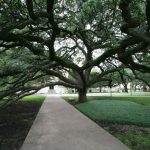 Quercus virginiana
Quercus virginiana Lagerstroemia indica
Lagerstroemia indica Quercus fusiformis
Quercus fusiformis
- List Item #1
- List Item #2
- List Item #3





